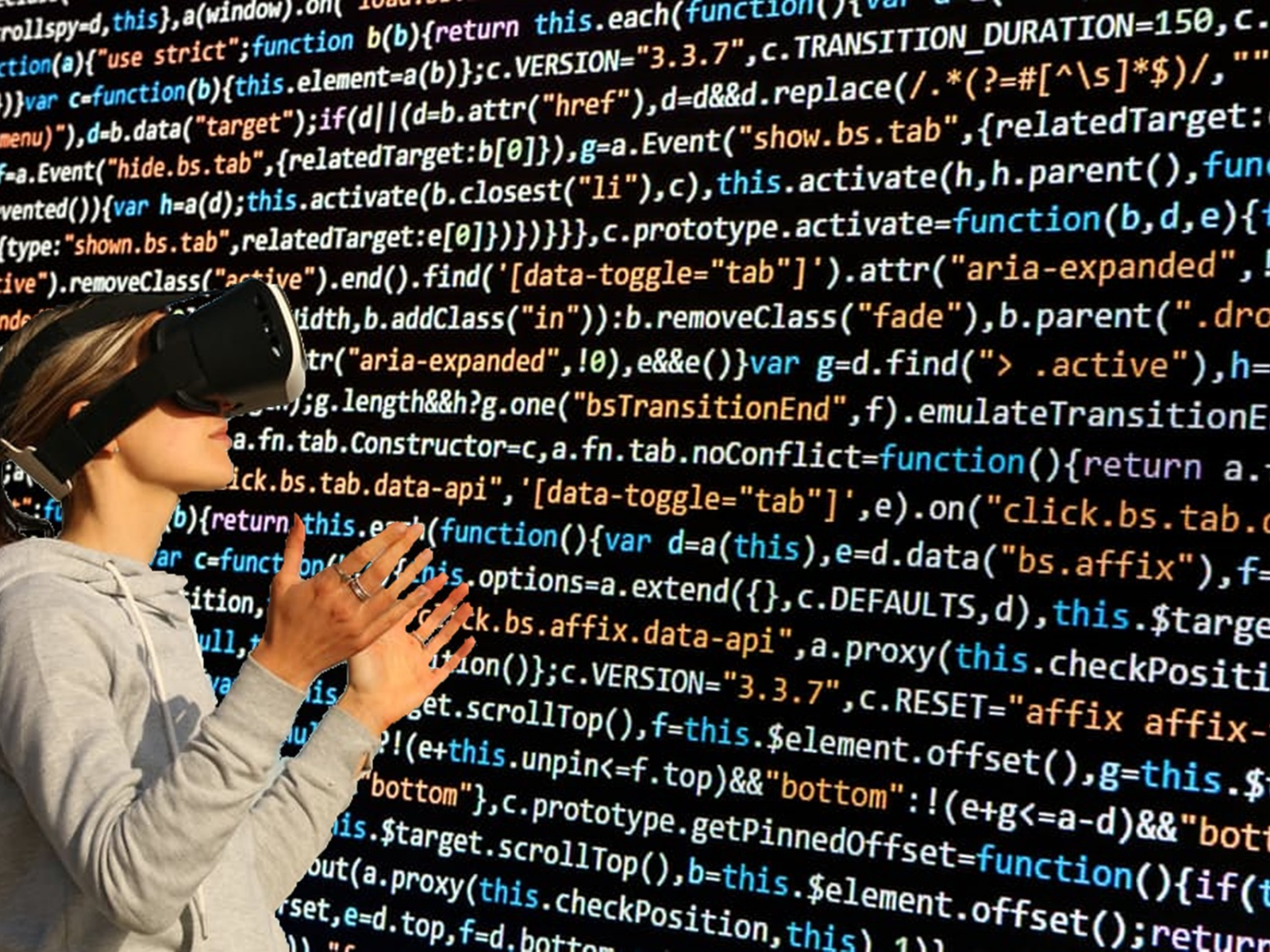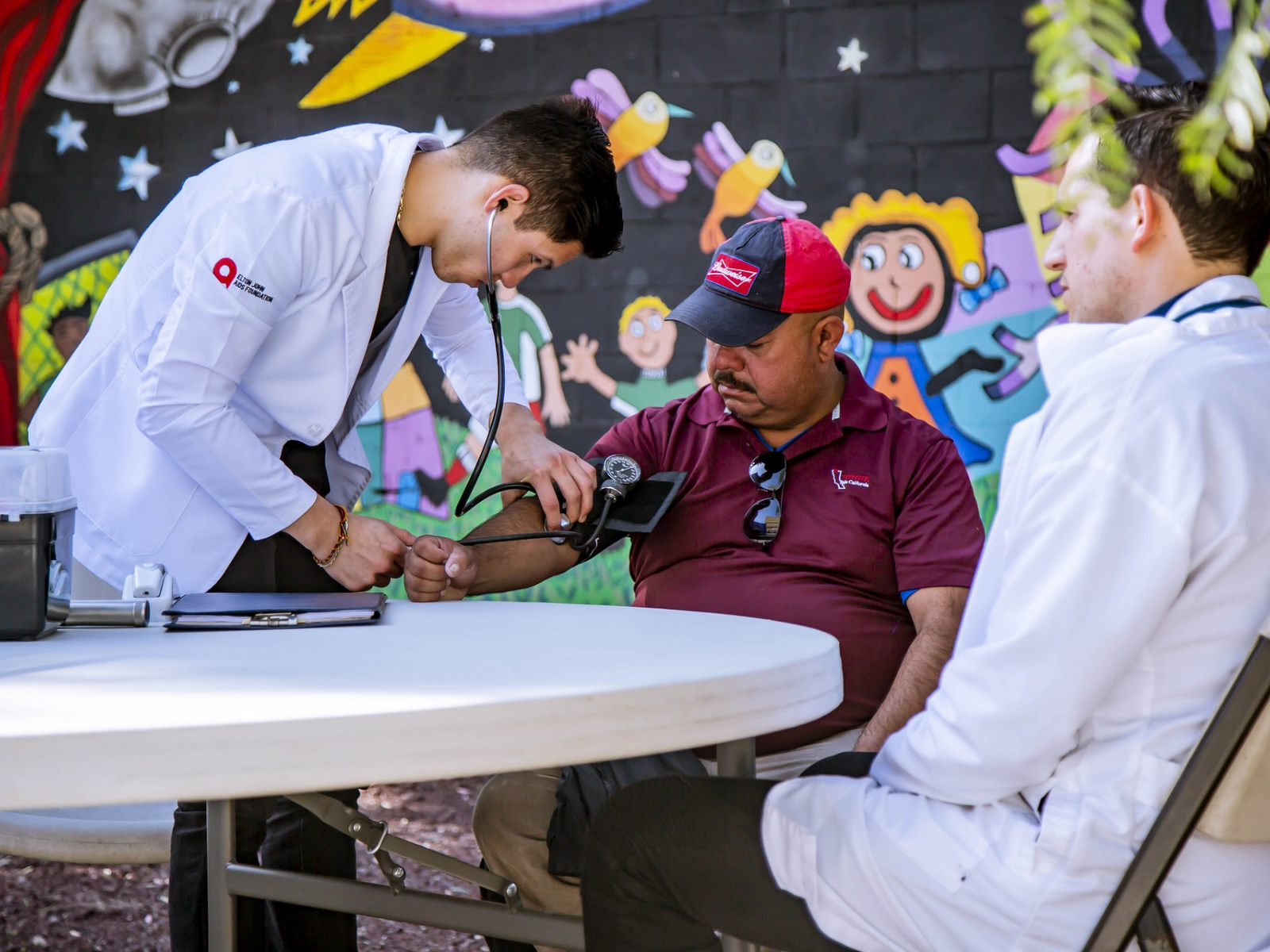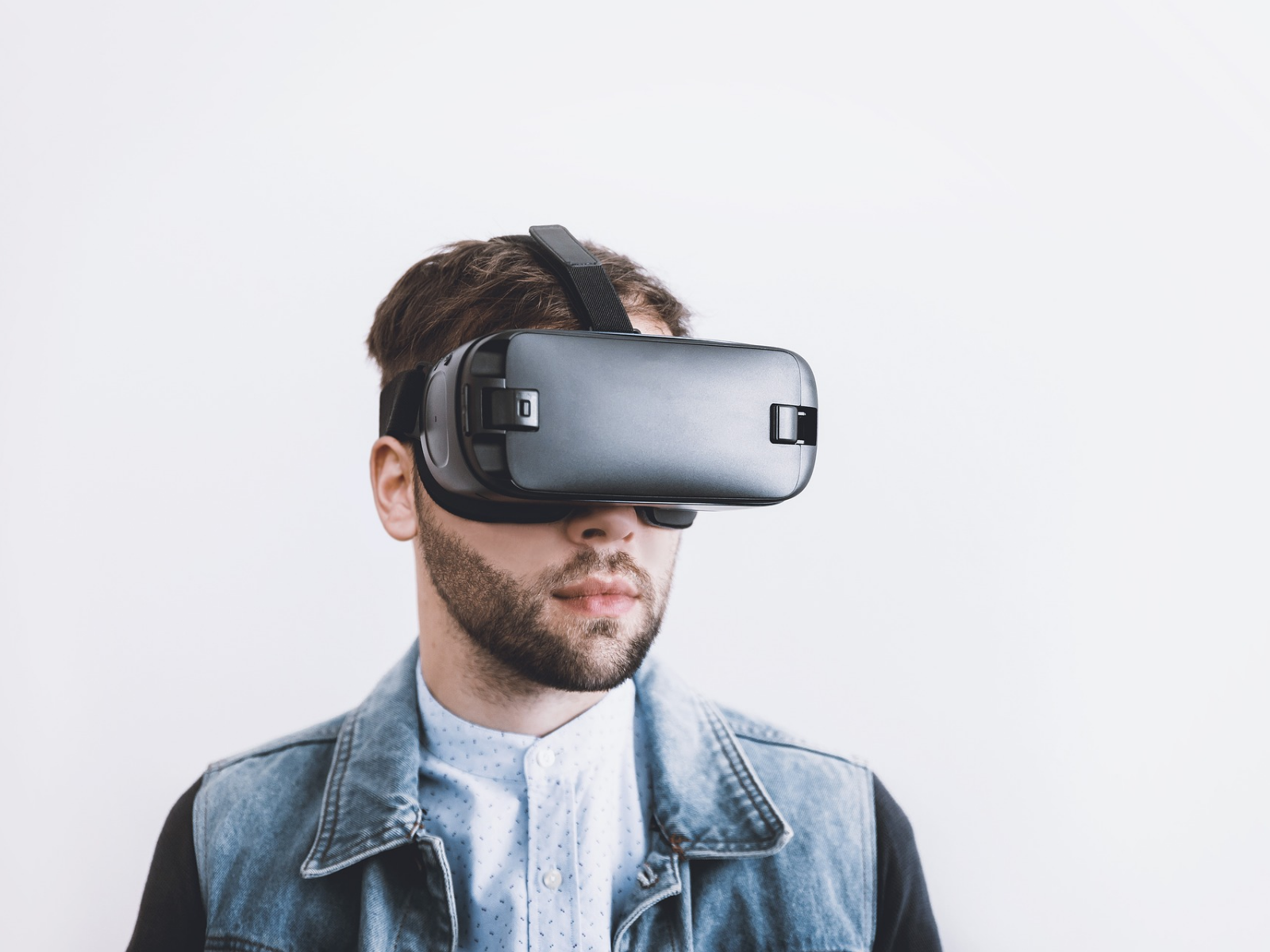Mixed Reality (MR) training programs are very versatile. They can be found in the Department of Defense, major hospitals, and even in retail environments. Their prevalence is a testament to their superior utility over traditional training methods.
Total Immersion
The concept of MR training is total immersion. MR enables trainees to interact both visually, audibly, and tactically. This total immersion experience helps them to better understand the concepts, objects, and processes involved in the tasks they are learning. MR also allows for a varied repertoire of pedagogical methods to suit the learner.
For example, entertainment elements can be combined with MR training programs to help trainees stay motivated and focused. The total immersion aspect of MR also allows the instructor to teach from another location. They can be virtually present and work with the student instead of physically traveling to the site. MR training programs allow for versatile training methods which result in better-trained employees.
Minimized Costs
MR training minimizes cost-expenditures related to training — both human cost and material cost. Minimizing the human cost of training means maximizing the safety of the training process. Instead of hands-on training with dangerous materials (which might also be costly), the materials can be simulated as interacting with the trainee’s real-world equipment. Conversely, if the trainee is learning to work with human subjects, such as a surgeon, they can use MR to eliminate both the cost of expensive medical materials and potential negative impacts on the patient.
Better Analyze Performance
A less obvious benefit of MR is analytical data about the trainee that can be cross-referenced with data from the machines with which they work. MR can track the trainee’s eye movement, audible cues, and reactions. This allows the employer to not only better understand how the trainee is performing, but potentially gives them insight into new training methods, process reforms, and communication techniques.
MR extends the capabilities of VR and AR to generate a more meaningful experience and useful data. Many industries already implement MR training, and the evidence is overwhelmingly positive. MR provides a better training experience for trainees and employers by increasing safety and accessibility.
This blog was originally published on RickGarson.net
Please login to comment.









